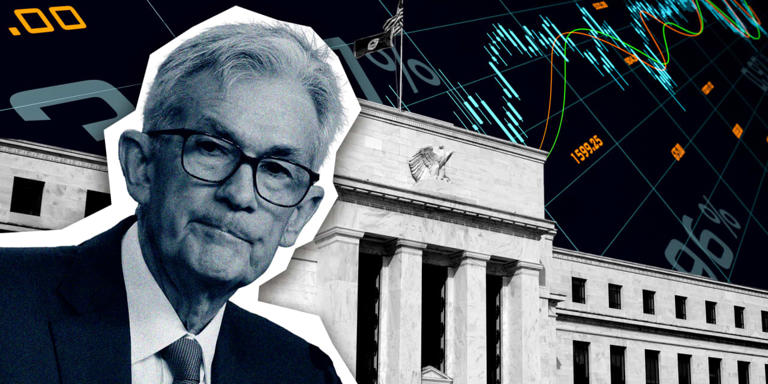At the onset of 2024, investors were poised with a significant trading thesis: the expectation of lower interest rates in the United States. This prevailing narrative infused the market with optimism, contributing to the buoyancy of large-cap and technology-heavy U.S. stock indexes, which soared to unprecedented heights by June. The anticipation of monetary policy easing by the Federal Reserve was seen as a potential catalyst for further market gains, as lower interest rates typically stimulate economic activity and bolster corporate profitability.
However, the release of May’s jobs report served as an unexpected curveball, disrupting the prevailing notion of imminent rate cuts. The report revealed a robust performance by the U.S. labor market, surpassing economists’ forecasts by a substantial margin. With the addition of 272,000 new jobs and a notable 4.1% increase in average hourly wages over the past year, concerns about inflationary pressures were reignited. This robust labor market data contradicted earlier signs that had hinted at a potential economic slowdown, leading to a reassessment of economic projections by market participants.
The unexpected strength in the job market prompted a swift and dramatic shift in market sentiment regarding Federal Reserve policy. Just months prior, there had been widespread speculation about multiple rate cuts totaling six or seven throughout the year. However, following May’s jobs report, doubts emerged about the feasibility of any rate cuts in the near term. This abrupt change in expectations reverberated across financial markets, with Treasury yields surging and stock markets reacting cautiously, experiencing lower closes for the day.
Kevin Rendino, chairman and chief executive of 180 Degree Capital, provided insightful commentary on the underlying weakness in the market, despite the apparent resilience of major stock indexes like the S&P 500. He highlighted the discrepancy between the market’s surface-level performance and the broader challenges faced by individual stocks, with over 1,000 stocks hitting new lows even as major indexes reached new highs.
The market sentiment further shifted as interest-rate swaps and Fed-funds futures traders adjusted their expectations, with the likelihood of rate cuts diminishing significantly. Additionally, small-business owners, who had previously anticipated rate cuts, began bracing for rate hikes, reflecting a broader shift in economic outlook and sentiment.
Despite the market’s initial reaction, some analysts remain cautiously optimistic about the future trajectory of equities. Jeffrey Cleveland of Payden & Rygel suggested that if the economy continues to grow and avoids recession, equities could continue to rise, supported by the extended business cycle. However, the absence of compelling reasons for rate cuts and the persistence of inflationary pressures suggest a potential reevaluation of investment strategies by market participants.
The unexpected strength in the labor market, coupled with other positive economic indicators, presents a complex and nuanced picture for investors and policymakers alike. As market participants grapple with these evolving dynamics, the path forward remains uncertain, highlighting the importance of adaptability and careful navigation in volatile market conditions.
